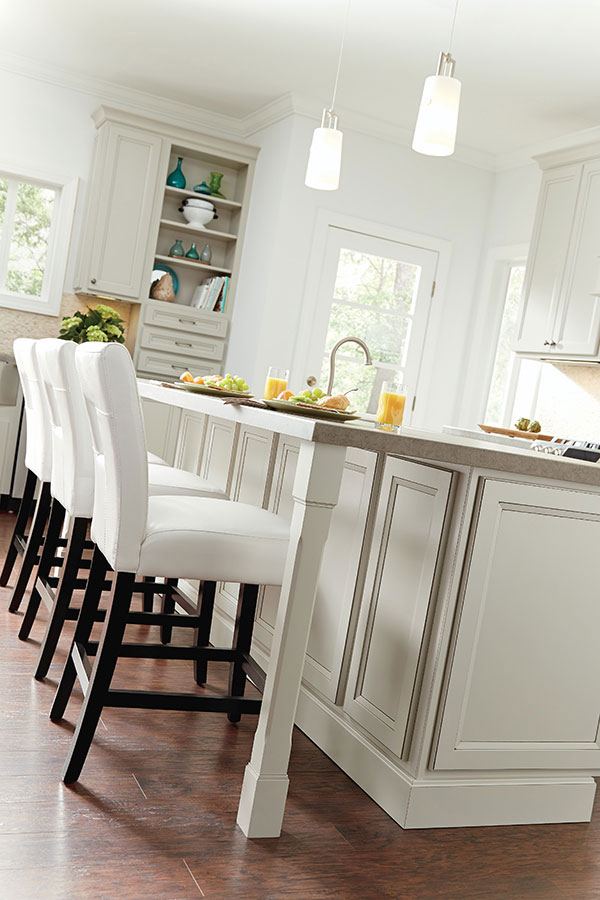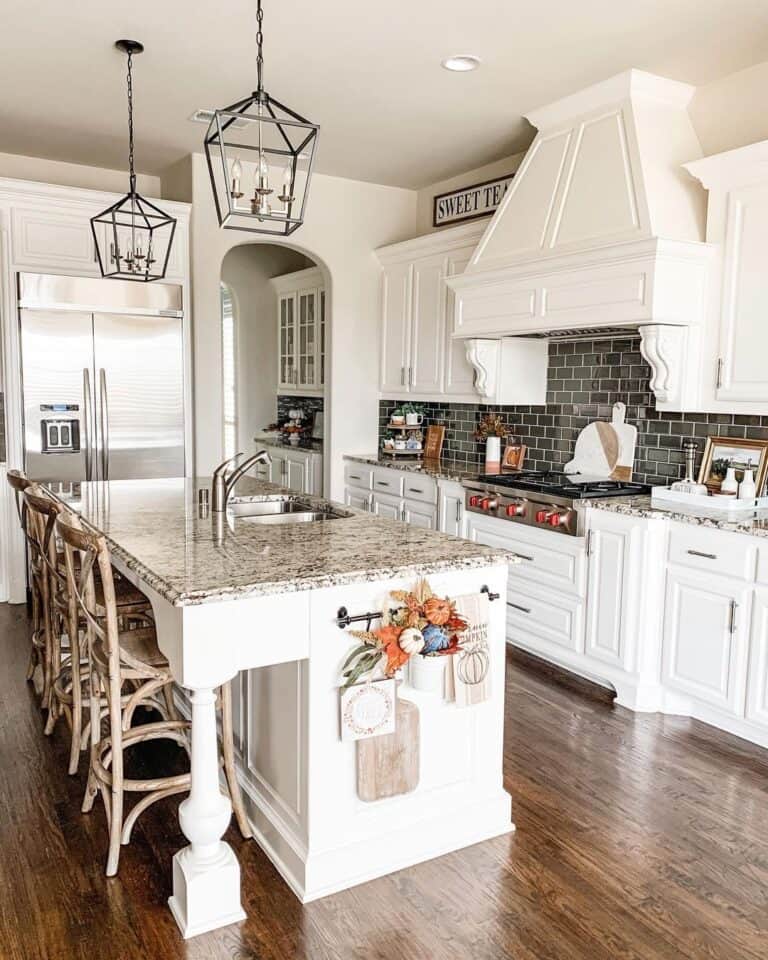Long Lasting Wooden Kitchen Island Legs for Your Home Remodel
Long Lasting Wooden Kitchen Island Legs for Your Home Remodel
Blog Article
Essential Tips for Selecting the Perfect Table for Your Kitchen
Selecting the perfect dining table for your kitchen area is even more than simply an issue of taste; it demands a comprehensive understanding of your room and requirements. The form of the table plays a crucial role; while rectangular tables suit bigger areas, round ones foster intimacy, and extendable options supply flexibility. The table must integrate with your kitchen area's visual appeals and fit your family members comfortably.
Measure Your Room
Selecting the optimal eating table starts with a thorough analysis of your available area. This fundamental action makes sure that the table not only fits comfortably within the area however likewise enhances the overall format and performance of your dining area.
Consider the circulation of motion around the table. It is important to leave adequate room for chairs to be taken out and for individuals to walk around the table without blockage. A basic general rule is to permit at the very least 36 inches of clearance from the side of the table to the closest wall surface or furniture. This ensures convenience of gain access to and convenience during meals.
Additionally, think of the variety of people you commonly entertain and whether you require additional space for visitors. Going with an extendable table can supply flexibility, allowing you to suit varying varieties of restaurants. By accurately measuring your space, you prepared for choosing a table that boosts both the appearances and functionality of your eating area.
Select the Right Shape

On the other hand, round tables are superb for smaller sized cooking areas or intimate celebrations, as they promote discussion by allowing everyone to deal with each other. They additionally offer a sense of comfort and can fit well in tighter spaces because of their absence of sharp corners. Oblong tables use the very best of both worlds, combining the size of rectangle-shaped tables with the affection of round ones, making them versatile for numerous setups.
Square tables are one more option, particularly matched for square-shaped areas. They create a in proportion and contemporary appearance, fostering an equivalent dining experience for all seated.
Material Considerations
When selecting a dining table, material factors to consider are vital in identifying the table's durability, upkeep requirements, and overall aesthetic. Wood is a classic selection, offering classic allure and effectiveness.
Glass-topped tables give a contemporary, sleek look and can make a space show up bigger because of their transparency. They call for regular cleaning to stop smudges and finger prints. Furthermore, solidified glass is suggested for its extra strength and safety and security.

Last but not least, composite materials like MDF (Medium-Density Fiberboard) or plywood are affordable options. These products can simulate the look of strong wood but may not provide the exact same longevity. They are normally simpler to clean but can be susceptible to water damage otherwise effectively sealed.
Eventually, the option of product must straighten with your kitchen area's design, your lifestyle requires, and your budget restrictions. (kitchen island legs)
Seats Capacity and Comfort
Exactly how do you determine the appropriate seating capability and convenience for your table? This crucial step includes evaluating both the physical space available in your kitchen and your home's practical needs. Begin by measuring your kitchen location to make certain the table fits easily, enabling at the very least 36 inches of clearance around it for very easy activity. Think about the number of individuals who typically dine together, as this will affect the table dimension. For a household of four, a rectangular table of 48 inches long or a round table with a 48-inch diameter is normally enough.
The elevation of the table must ideally be around 30 inches, providing a well balanced ergonomic stance for seated diners. Chairs must have a seat elevation of 18 to 20 inches to guarantee a comfortable read more eating stance.
Style and Appearance
Selecting a dining table that suits your style and appearance involves balancing personal preference with the existing design of your eating area. The table is often the focal point of the kitchen, and its layout should complement the general theme of the space. Whether your kitchen boasts a modern-day, minimalist appearance or a rustic, farmhouse appeal, the table you select ought to balance with these components to develop a natural and welcoming ambience.
Take into consideration products thoroughly; timber uses a timeless charm and can vary from abundant mahogany for a conventional aim to lighter oak for a contemporary feel. Metal and glass tables, on the various other hand, can present a streamlined, commercial edge to your kitchen. Don't neglect the table's shape-- rectangle-shaped tables are flexible and timeless, while round and oval options can foster a more intimate dining experience.
In addition, pay close interest to details and coatings. A troubled finish may add character and warmth, whereas a shiny surface find more info can contribute to a tidy, modern-day visual. Eventually, your table must not only healthy seamlessly into your kitchen area's style yet likewise show your personal style, boosting the space both functionally and visually.
Conclusion
In conclusion, picking the suitable eating table for a kitchen area necessitates cautious examination of room, shape, material, seating capacity, and aesthetic harmony. Making sure a minimal clearance of 36 inches promotes comfy motion, while the option of form enhances spatial characteristics. Material selection effects toughness and layout, making it important to straighten with the kitchen area's general visual. Eventually, an appropriate table promotes an inviting ambience and fits the house conveniently, therefore boosting the eating experience.

When selecting a dining table, material factors to consider are paramount in figuring out the table's durability, maintenance needs, and general aesthetic. For a household of 4, a rectangle-shaped table of 48 inches long or a round table with a 48-inch size is generally enough.
Do not neglect the table's shape-- rectangular tables are versatile and classic, while round and oblong options can foster a more intimate dining experience. kitchen island legs.
Report this page